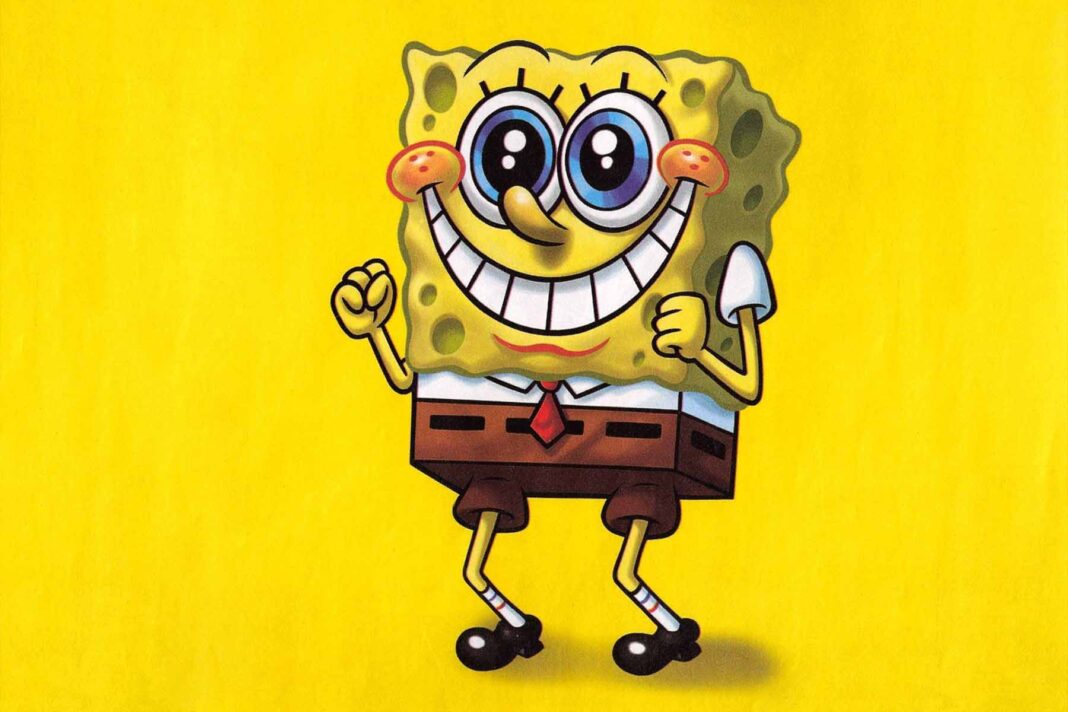SpongeBob SquarePants – The Animated Icon
SpongeBob SquarePants, created by Stephen Hillenburg, continued to be a beloved animated character in 2003. The year marked another chapter in the adventures of SpongeBob and his friends in the underwater city of Bikini Bottom. With its unique humor, colorful animation, and memorable characters, the show remained a staple of Nickelodeon’s programming lineup, captivating audiences of all ages.
SpongeBob’s Personality and Characteristics
SpongeBob SquarePants, the titular character, epitomized enthusiasm, optimism, and a childlike sense of wonder. Despite working as a fry cook at the Krusty Krab, he approached life with unbridled joy and a penchant for adventure. SpongeBob’s naïveté often led to humorous misunderstandings and mishaps, but his unwavering kindness and loyalty endeared him to his friends and viewers alike.
SpongeBob’s Friends and Allies
SpongeBob’s circle of friends and allies expanded in 2003, introducing new characters and further developing existing relationships. Patrick Star, SpongeBob’s dim-witted yet lovable best friend, remained a constant source of comedic relief and support. Sandy Cheeks, the karate-loving squirrel from Texas, continued to bring an outsider’s perspective to Bikini Bottom, often joining SpongeBob on his escapades.
Other notable characters included Squidward Tentacles, SpongeBob’s irritable neighbor and coworker at the Krusty Krab, and Mr. Krabs, the money-loving crustacean who owned the restaurant. Together, they formed a diverse and eccentric cast of characters, each contributing to the show’s humor and charm in their own way.
SpongeBob’s Adventures and Storylines
In 2003, SpongeBob SquarePants embarked on a variety of adventures and storylines that showcased the show’s trademark humor and creativity. From jellyfishing expeditions to visits to Glove World and Rock Bottom, SpongeBob and his friends found themselves in a myriad of absurd and hilarious situations. The show continued to blend lighthearted comedy with heartfelt moments, exploring themes of friendship, perseverance, and the importance of staying true to oneself.
Notable episodes from 2003 included “The Sponge Who Could Fly,” in which SpongeBob attempts to fulfill his dream of flying with the help of a magical pair of pants, and “Party Pooper Pants,” where SpongeBob hosts a chaotic house party with disastrous results. These episodes, along with many others, contributed to the show’s enduring popularity and cultural impact.
SpongeBob SquarePants in Popular Culture
Beyond the television screen, SpongeBob SquarePants remained a cultural phenomenon in 2003, expanding into various forms of media and merchandise. The show’s iconic characters and catchphrases became ubiquitous, appearing on everything from clothing and toys to video games and theme park attractions. SpongeBob’s influence extended beyond children’s entertainment, earning praise from critics and adults for its clever humor and universal themes.
Additionally, SpongeBob SquarePants continued to inspire spin-off projects and collaborations, including feature films, theatrical productions, and even a Broadway musical. The character’s enduring appeal and timeless charm ensured that SpongeBob remained a beloved and enduring figure in popular culture, with his legacy continuing to resonate with audiences around the world.
In summary, SpongeBob SquarePants in 2003 was a continuation of the character’s whimsical and endearing adventures in Bikini Bottom. From his infectious optimism to his unforgettable escapades with friends, SpongeBob captivated audiences with his humor, heart, and boundless imagination. As a cultural icon, SpongeBob SquarePants left an indelible mark on the world of animation and entertainment, embodying the spirit of fun and friendship for generations to come.











